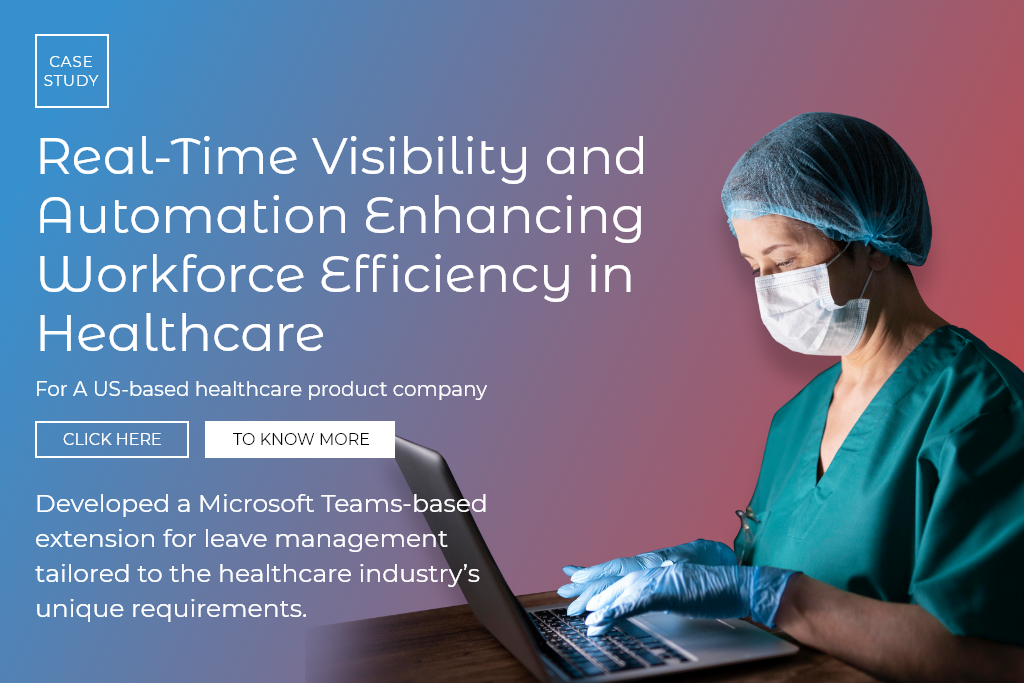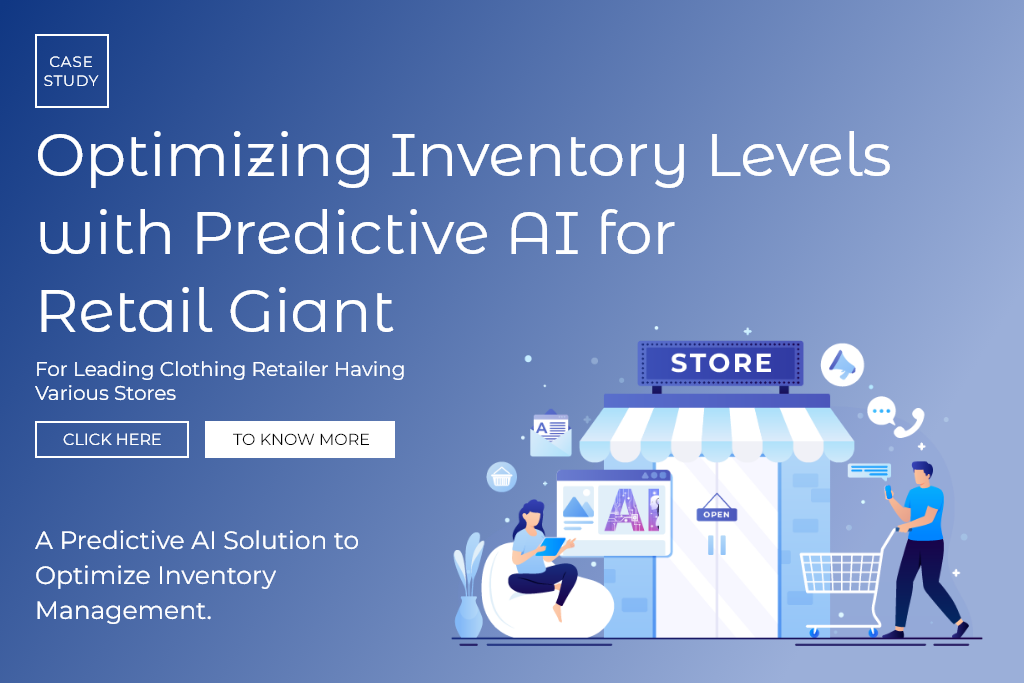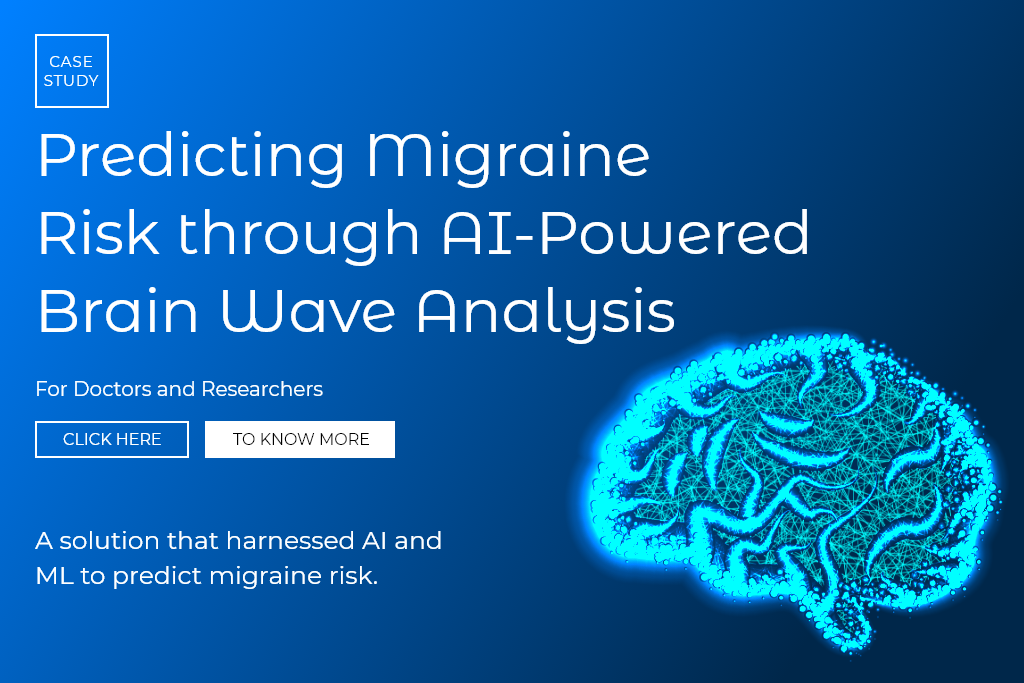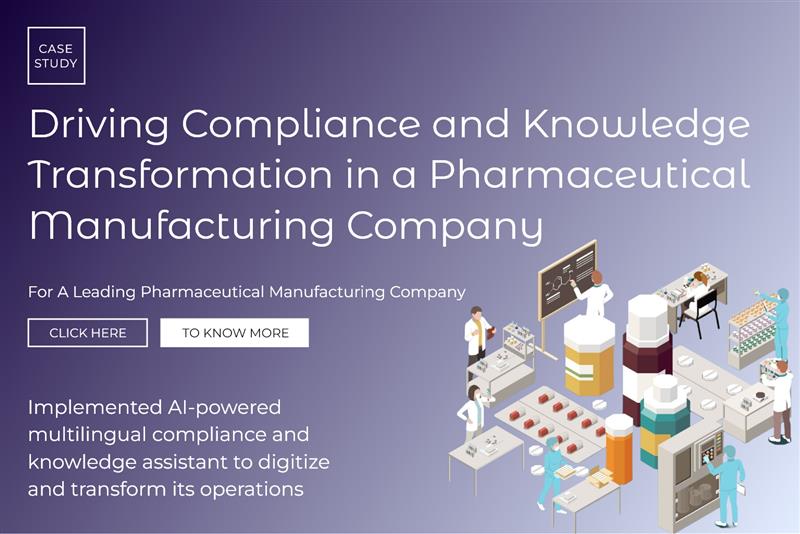Whether you’re building AI solutions from the ground up or integrating AI into legacy systems, the path is rarely straightforward. Developers and technical teams often dive into AI projects with high expectations, faster decisions, intelligent automation, and improved outcomes, but soon encounter hidden complexities that stall progress. These challenges aren’t just about model selection or training accuracy. They’re embedded in the workflows, infrastructure, team collaboration, data integrity, and long-term scalability of your entire solution.

To unlock real value from AI, it’s crucial to understand the full scope of developer pain points and solve them proactively. Let’s explore 15 often-overlooked challenges in building and integrating AI.
1. Lack of Versioning Standards for AI Models
The Problem: AI Models Are Evolving, but Tracking Isn’t
In traditional software development, versioning systems like Git provide clear visibility into changes. But when building AI solutions, there’s a disconnect. Developers often save models with names like model_final_v5, without clearly tracking which dataset, hyperparameters, or preprocessing steps were used.
Worse still, different teams might retrain or tune the same model, leading to multiple copies with subtle but undocumented changes. Over time, it becomes impossible to answer critical questions:
- “What changed between Model A and Model B?”
- “Which dataset was this model trained on?”
- “Who made the last modification—and why?”
In industries like healthcare or finance, where audits are strict, missing lineage can mean non-compliance. In startups or tech-driven enterprises, it kills reproducibility and slows innovation.
When building AI models without structured versioning, integrating AI into existing systems becomes risky, making rollback and traceability nearly impossible.
The Solution: Treat Models Like Code, With Full Lineage
Introduce robust version control practices using MLOps tools like MLflow, Weights & Biases, or DVC. These tools allow you to track:
- Dataset versions
- Model weights and architectures
- Training parameters and environment
- Evaluation metrics over time
Additionally, implement metadata tagging at each checkpoint of your ML lifecycle. Ensure every model deployed has a traceable “model card” with performance benchmarks, data source info, and author references.
Need help implementing MLOps pipelines with traceability baked in? Emorphis can help build or refine your AI infrastructure, ensuring version control isn’t an afterthought but a competitive advantage.
Find a case study on an AI solution helping improve workflow efficiency in healthcare.

2. Silent Failures in Inference
The Problem: Your AI Is Wrong, But You’ll Never Know
Imagine an AI model that’s been running smoothly for weeks. Suddenly, it starts making inaccurate predictions. But there’s no crash, no error log, just bad results. This is a silent failure, and it’s terrifyingly common in production AI environments.
Why does it happen?
- Input distributions change subtly (e.g., a new product category in an e-commerce catalog, or a new sensor format in IoT).
- Upstream systems inject noise or incorrect labels.
- The model becomes stale over time due to concept drift.
Without real-time monitoring, these failures go unnoticed. Users suffer, but the logs look “clean.” And by the time you notice, it might be too late.
If you’re building AI without monitoring, integrating AI fails to account for silent inference errors that deteriorate model quality unnoticed.
The Solution: Proactive Inference Monitoring + Drift Detection
Install monitoring layers that track prediction confidence, input schema drift, and accuracy based on ground truth feedback. Use techniques like:
- Shadow deployments: Run new models in parallel with live ones for comparison.
- Data canaries: Insert known input sets at intervals to test output consistency.
- Concept drift detectors: Use statistical checks to flag input changes.
At Emorphis, we’ve helped clients deploy inference monitoring dashboards that catch silent degradation in hours, not weeks. If you’re deploying AI in dynamic environments, talk to us about building safeguards that detect failure before users do.
3. Undefined Responsibility Between Teams
The Problem: Too Many Cooks, No Clear Owner
In AI projects, roles are often split:
- Data scientists build models.
- Engineers deploy them.
- Product teams consume results.
But when something goes wrong, it’s unclear who owns the fix. The model is producing unexpected outputs. Should the data scientist retrain it? Or is the input broken? Should engineering check the pipeline?
Without defined accountability, issues linger. Teams enter blame loops. AI features lose credibility internally and externally.
Building AI across teams where ownership isn’t clear complicates the process of integrating AI into long-term workflows and support systems.
The Solution: Define Ownership Across the AI Lifecycle
Borrow a lesson from DevOps: “You build it, you own it.” Apply this to AI:
- Assign model owners, not just model builders.
- Define support roles for monitoring and retraining.
- Use shared dashboards (e.g., Prometheus + Grafana for model health).
Structure handoffs between teams with SLAs and alerting protocols. And document everything, model assumptions, input contracts, and failure thresholds.
Emorphis works with cross-functional teams to define clear AI workflows and ownership models. If you’re scaling AI across product lines or teams, we’ll help architect sustainable processes that avoid confusion and conflict.
Find a case study on retail inventory management with predictive AI.

4. Training vs. Production Environment Mismatch
The Problem: What Works in Training May Crash in Production
Most AI models are trained in ideal conditions: high-quality data, clean features, and infinite compute. Production is messier, with real-time inputs, missing fields, latency limits, and shifting data sources.
Example:
A fraud detection model trained on labeled transaction data may break in production when it encounters new merchant types, foreign currencies, or network delays. What seemed like a 95% accuracy model now becomes useless.
Building AI models in idealized settings yet failing to align environments causes integrating AI into production systems to become fragile and unreliable.
The Solution: Build With Production Constraints From Day One
Train models with realistic scenarios and dirty data. Introduce augmentation techniques to simulate production quirks:
- Missing values
- Out-of-order events
- Sensor delays or noise
- Real-time inference limits
Align your feature engineering across training and production using shared transformation pipelines (e.g., via TFX, Feature Store).
When you work with Emorphis, we help teams align data workflows, performance requirements, and retraining loops so your models behave in production exactly as they did in testing, or better.
5. Fragility of ML Tooling in Real Projects
The Problem: Cool Demos Don’t Equal Real Deployments
The AI tool ecosystem is exploding, with model hubs, annotation tools, and orchestration platforms. But many tools break down in enterprise environments. They aren’t scalable, secure, or customizable. And they often depend on one-off workflows that don’t fit into a team’s architecture.
As a result:
- Developers waste time debugging tools instead of building solutions.
- Security and compliance audits fail.
- Teams accumulate tech debt trying to “glue” incompatible tools.
If you’re building AI based on trendy but unstable tools, integrating AI into dependable, enterprise-grade systems becomes a maintenance burden.
The Solution: Choose Tools for the Long Haul, Not the Hype
Evaluate AI tools based on enterprise readiness, not just GitHub stars. Ask:
- Does it integrate with your cloud or hybrid environment?
- Is it compliant with your industry standards (e.g., HIPAA, GDPR)?
- Can it scale as your data grows?
Prefer open-source tools with active communities and API support. If you’re adopting vendor-based platforms, ensure data portability and export support.
At Emorphis, we’ve helped companies evaluate, customize, or build tooling that integrates smoothly into existing stacks and scales with the business. If you’re stuck with fragile ML tools, we can help you get unstuck with the right stack for your goals.
Find a case study on predicting migraine risk through AI-powered brain wave analysis.

6. Poor Dataset Documentation and Governance
The Problem: Your AI Model Is Only as Good as Its Data, and No One Remembers Where It Came From
You ask your team, “Where did this dataset come from?” and get vague answers like “It’s the latest from the analytics team,” or worse, “We’ve always used this one.”
That’s a major risk.
Data lineage, quality checks, labeling decisions, and preprocessing history are often undocumented. In regulated industries like healthcare, fintech, or pharmaceuticals, the inability to trace and justify training data can mean failed audits, non-compliance, or even product recalls.
Worse, models trained on biased or outdated datasets become liabilities, not assets.
Building AI using undocumented or poorly cataloged datasets makes integrating AI into regulated systems problematic when auditability is required.
The Solution: Implement a Data Catalog + Enforce Governance
- Build or adopt a data catalog system that documents every dataset’s source, owner, schema, usage rights, and intended purpose.
- Use data profiling tools to track drift, imbalance, missing values, and statistical anomalies.
- Standardize labeling and validation workflows, especially when using human annotators or crowdsourcing.
Want an enterprise-grade data governance model without the overhead? Emorphis sets up systems that ensure data transparency, traceability, and trustworthiness, so you can scale AI without fear.
7. Undetected Bias Creeping into Models
The Problem: Your AI Might Be Biased, and You Might Not Know Until It Hurts Someone
Bias doesn’t just come from malicious intent—it creeps in through flawed sampling, skewed labeling, or even seemingly neutral proxy variables.
For example:
- A healthcare model prioritizing patients based on cost history, not need
- A recruitment algorithm underrepresents candidates from certain ZIP codes
- An insurance model penalizing users for smartphone usage data correlated with socioeconomic status
These models might perform “well” on paper but result in unfair decisions in real life, triggering lawsuits, brand damage, or regulatory scrutiny.
When building AI without ongoing fairness checks, integrating AI into customer- or regulatory-facing systems risks biased behaviour going unnoticed.
The Solution: Bake Bias Detection into Your Model Evaluation
- Run fairness audits using tools like AIF360, Fairlearn, or SHAP explainability metrics
- Measure performance not just globally, but across key segments (gender, age, race, region)
- Apply differential impact analysis and document risks in your model cards
Emorphis can help you design ethical AI pipelines that identify and mitigate bias early. If you’re building high-impact models, we’ll ensure they’re fair, transparent, and future-proof.
8. Confusion Between AI and Automation
The Problem: Teams Call Everything “AI” But Much of It Isn’t
A common misconception in enterprises is treating automation (rules, scripts, bots) as AI. While automation improves efficiency, it doesn’t adapt, learn, or infer like AI does. Confusing the two leads to:
- Misaligned stakeholder expectations
- Overpromising product capabilities
- Poor prioritization of real AI opportunities
This “AI washing” can also disillusion executive sponsors and make it harder to secure future investments in true ML-driven initiatives.
Building AI without clear differentiation from rule-based automation leads to challenges when attempting to integrate AI responsibly and methodically.
The Solution: Clearly Distinguish Rule-Based Logic from AI Models
Educate stakeholders about the difference between:
- Automation: Deterministic workflows (e.g., RPA, IF-THEN logic)
- AI/ML: Probabilistic systems that learn from data (e.g., NLP models, recommender systems)
Adopt a layered architecture where deterministic rules and AI models co-exist and complement each other. For example:
- Use automation for eligibility checks
- Use ML to predict risk or next best actions
At Emorphis, we help clients draw the line between rules and learning and guide them in investing in AI where it matters most.
Find the case study on AI powered neural sentinel.

9. No Feedback Loop to Improve the Model Post-Deployment
The Problem: AI Is Shipped and Forgotten
In many organizations, once an AI model goes live, it enters a “don’t touch” zone. There’s no structured way to collect user feedback, annotate failed predictions, or retrain the model with newer data. Over time, performance drops—but no one knows how to fix it.
Example:
A customer support chatbot keeps giving irrelevant responses to new queries. Users abandon it, but the team keeps assuming it’s still working fine because no one’s tracking fallbacks or escalation rates.
If you build AI without mechanisms for continuous learning, integrating AI into evolving systems becomes static, brittle, and quickly outdated.
The Solution: Build Closed-Loop Learning Systems
- Log user interactions and model decisions
- Track incorrect or low-confidence predictions
- Send edge cases to human-in-the-loop review pipelines
- Schedule retraining based on performance decay, not just time intervals
Modern AI systems should be living systems, constantly learning from production feedback. If you need help designing this feedback loop, Emorphis can build adaptive AI infrastructures that grow stronger with every interaction.
10. Overreliance on Pretrained Models Without Customization
The Problem: Pretrained ≠ Plug-and-Play
Today’s AI world is filled with powerful pretrained models, GPT, BERT, ResNet, and Whisper. While they reduce development time, teams often deploy them with minimal tuning, assuming they’ll work out of the box.
The catch?
- These models weren’t trained on your domain
- They may misinterpret jargon, industry-specific language, or local context
- They introduce performance bottlenecks if not pruned or optimized for your infrastructure
You end up with generic AI, which is worse than no AI for critical applications.
Building AI using generic pretrained models and integrating AI without domain-specific tuning causes recommender systems, NLP tools, and vision models to underperform in real settings.
The Solution: Fine-Tune or Build Domain-Specific Models
- Use domain adaptation and transfer learning techniques
- Create curated datasets for fine-tuning
- Benchmark generalist models vs. tailored ones on your real-world use cases
- Quantize and distill large models to make them production-ready
Emorphis specializes in customizing AI models for specific verticals, healthcare, logistics, finance, and more. If you’re using LLMs, vision models, or speech models, we’ll help you go from generic to genius.
11. Model Performance Metrics That Don’t Reflect Real-World Value
The Problem: Great Accuracy, Poor Impact
Your model reports 92% accuracy. Stakeholders celebrate.
But in the real world, users are frustrated. Predictions are off. Business KPIs show no improvement.
Why? Because performance metrics like accuracy, F1 score, or even AUC often don’t map to real-world value.
Examples:
- A fraud detection model that flags too many false positives → increased manual review burden
- A recommendation engine that’s accurate, but not converting users → poor revenue impact
- A diagnostic AI with high accuracy, but no integration with care workflows → unused by clinicians
Building AI evaluated only on accuracy, not business metrics, complicates effectively integrating AI so it drives tangible business outcomes.
The Solution: Align Metrics with Business Outcomes
- Define what success means for the use case: revenue uplift, cost reduction, user retention, NPS
- Combine technical metrics with business metrics in evaluation
- Introduce human-centered evaluations, like usability, interpretability, or workflow fit
At Emorphis, we don’t stop at precision and recall. We help you design AI solutions that perform not just statistically, but strategically.
Find a case study on AI-powered knowledge assistant for a pharmaceutical manufacturing company.

12. Infrastructure Not Ready for AI Deployment
The Problem: Models Built in Jupyter Notebooks Don’t Run in Production
Many AI prototypes are built on local machines or cloud notebooks, but the deployment environment, on-premise, edge, or hybrid cloud, is never considered until the end.
That leads to:
- Incompatibilities with enterprise IT systems
- Long lead times for MLOps pipeline setup
- Difficulty in scaling models across geographies or devices
Worse, AI teams and DevOps speak different languages, causing friction and failed handoffs.
Building AI without scalable infrastructure makes integrating AI into production systems slow, fragile, and unable to handle real workloads.
The Solution: Plan for AI Infrastructure from Day One
- Define the deployment target (mobile, web, embedded, cloud) before modeling begins
- Use containerization (Docker) and orchestration tools (Kubernetes, Airflow) to standardize deployment
- Build modular MLOps pipelines for CI/CD of models
Whether you’re deploying AI in hospitals, retail POS systems, or logistics networks, Emorphis can help bridge the gap between modeling and production. We offer full-stack AI-to-DevOps alignment.
13. Mismanagement of Multimodal AI Projects
The Problem: Vision, Text, and Audio Data, But No Unified Strategy
Organizations today want to combine image data (e.g., X-rays), text (doctor notes), and audio (call recordings) into one AI system. That’s powerful, but complex.
Teams often fail to:
- Sync formats and timestamps
- Align embeddings from different modalities
- Handle differing data volumes and noise levels
- Architect multimodal models that scale
The result: fragmentation, redundant efforts, and models that never “talk” to each other.
When building AI that spans text, image, and audio, integrating AI across modalities without a cohesive structure often results in fragmented or conflicting outputs.
The Solution: Build a Cohesive Multimodal Pipeline
- Use shared transformer architectures or multimodal encoders (like CLIP, LLaVA, Gato)
- Preprocess and align modalities at the embedding level
- Balance the weighting of modalities during model training
- Use cross-attention techniques for meaningful fusion
Emorphis has delivered real-world multimodal AI, from retail shelf analysis + voice insights to radiology image + report generation. We bring the engineering and strategy needed to fuse formats into functional AI.
Follow the link to explore our offerings for AI Software Development Services.

14. Compliance and Regulatory Risks Overlooked Until Too Late
The Problem: Your AI Works, But It’s Not Legally Deployable
You’ve built a powerful diagnostic model. Or a patient triage assistant. Or a personalized ad recommender.
But legal tells you it can’t go live.
Why?
- GDPR conflicts in how data was collected
- HIPAA violations in data storage
- FDA clearance required for software-as-a-medical-device (SaMD)
- Lack of AI explainability or audit logs
Ignoring regulatory and ethical compliance in early phases leads to costly reworks or total shutdowns.
Building AI without compliance planning makes integrating AI into regulated environments risky and prone to failure under audits.
The Solution: Bake Compliance Into the AI Lifecycle
- Start with a regulatory risk assessment at the ideation stage
- Track model decisions with audit trails
- Use interpretable models where required (e.g., SHAP, LIME, Decision Trees)
- Design for consent, opt-out, and explainability
With Emorphis, compliance isn’t a blocker; it’s an accelerator. We bring pre-built frameworks for regulated industries like healthcare, insurance, and logistics to keep your AI legally sound and market-ready.
15. Lack of Post-Deployment Monitoring and Governance
The Problem: AI Deployed… Then Forgotten
Once your model is live, it doesn’t stay static.
- Data distributions change
- User behaviors shift
- Infrastructure updates can introduce bugs
- Adversaries may try to exploit model behavior
If you’re not monitoring, retraining, or reviewing usage patterns, your AI will silently decay, hurting users and eroding trust.
Building AI without governance frameworks or monitoring leads to integrating AI into production environments that degrade or behave unpredictably over time.
The Solution: Set Up Model Monitoring and Governance Dashboards
- Monitor concept drift, prediction confidence, and usage patterns
- Alert teams on anomalies and failed inferences
- Use model versioning and rollback systems
- Define model governance policies for retraining, sunsetting, and access control
Emorphis can help implement end-to-end governance, from performance dashboards to ethical oversight layers, so your AI stays accountable and effective long after go-live.

Summary
Building or integrating AI is more than just plugging in a model; it requires navigating a complex and often underestimated landscape. Many organizations jump into AI without clearly defined business goals, leading to misaligned solutions that fail to deliver real value. Poor data quality, inconsistent formats, and fragmented sources further derail even the best-intentioned projects before they reach production.
Developers and technical teams often rely too heavily on prebuilt models or general-purpose APIs, which may lack the necessary domain context. This results in generic, underperforming outcomes. Siloed team structures, limited cross-functional collaboration, and a lack of AI-readiness in existing infrastructure further delay progress and inflate costs. What’s worse, hidden challenges like model explainability, ethical compliance, security blind spots, and vendor lock-in are often only discovered when it’s too late.
Follow the link to find an enterprise-ready AI framework designed to accelerate digital transformation.
Even after deployment, many AI systems decay without proper monitoring, retraining pipelines, or governance policies. Multimodal implementations add more complexity and fragmentation if not designed holistically. These issues aren’t just technical; they affect everything from user trust and regulatory approval to financial performance and long-term scalability.
That’s where Emorphis makes a meaningful difference. Our team of AI engineers, architects, and industry experts helps you start right by aligning your AI initiatives with real business outcomes, structuring data pipelines, building scalable and compliant models, and integrating seamlessly into existing platforms. We ensure your AI solution is robust, secure, explainable, and adaptable to future growth. If you’re looking to avoid costly missteps and unlock real business value, Emorphis is the partner you can trust to get AI right from the start.
Further, follow the link to check the details on How to Build Scalable AI-Powered Applications with Cloud AI Services.







